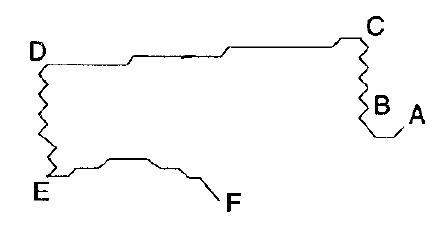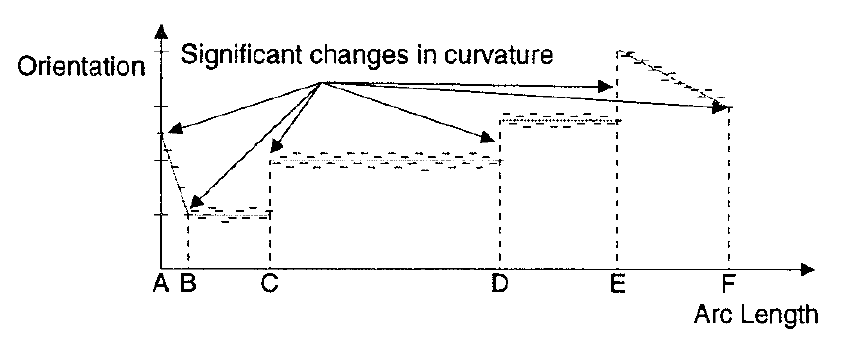

Figure 1: Primary Scene Description (left), Curvature Primal Sketch (right)
Curvature has long been recognized as an important attribute of contours. The curvature primal sketch (CPS) proposed by Asada and Brady [Asada and Brady 86] is a scale-space representation of significant changes in curvature along contours.
Figure 1 (right) shows an example of the CPS representation computed from a typical contour. The first processing step consists in computing the orientation of the tangent to each edge element as a function of the arc length of the corresponding contour. This path-based parametrized form can be easily generated during the edge tracking process where each edge element of a contour is extracted sequentially.
It consists of various symbolic descriptions at multiple scales, such
as basic primitives, including corners and smooth joints, as well as compound
primitives such as ends, cranks, bumps and dents, which are built from basic
primitives. The representation is generated by convolving different size
Gaussian kernels with the the path-based contour's orientation and curvature
discontinuities. Boundary symbolic features are detected at each different
scale, resulting in a multiple-scale interpretation of object contours.
This approach provides a method for shape representation and can be used for shape reconstructions based on polygons or splines by modelling curvature changes as control points in approximation of the contour. Thus, the locations of significant curvature changes can be used as knot-points in polygons or splines.

